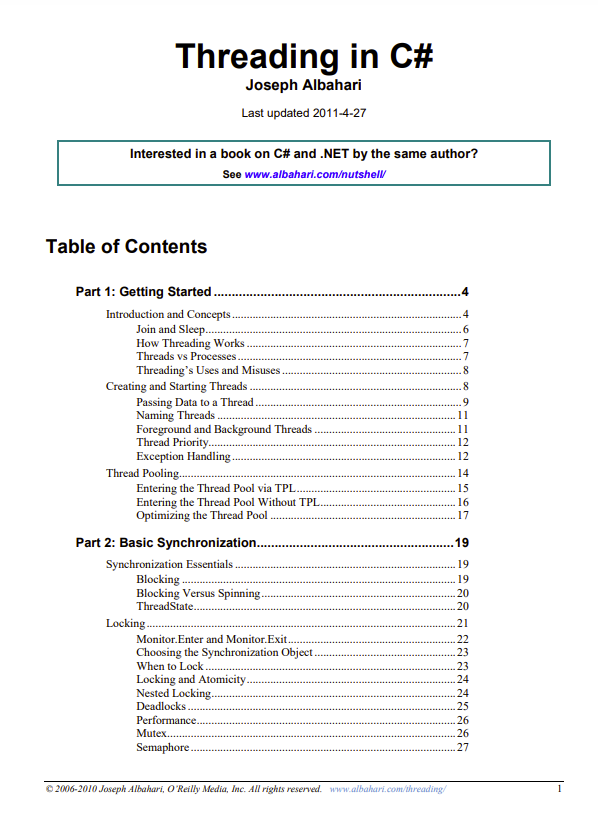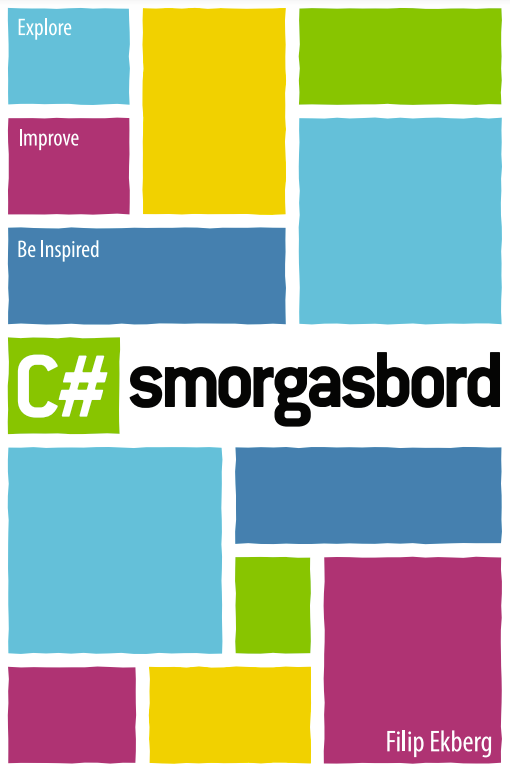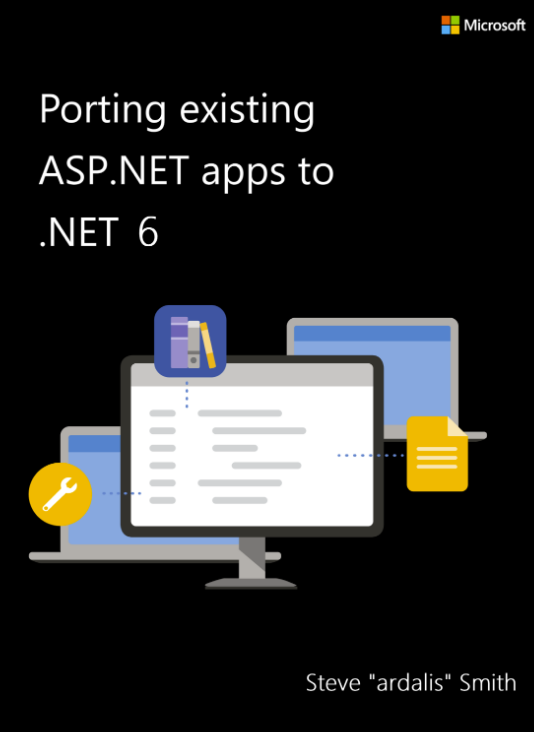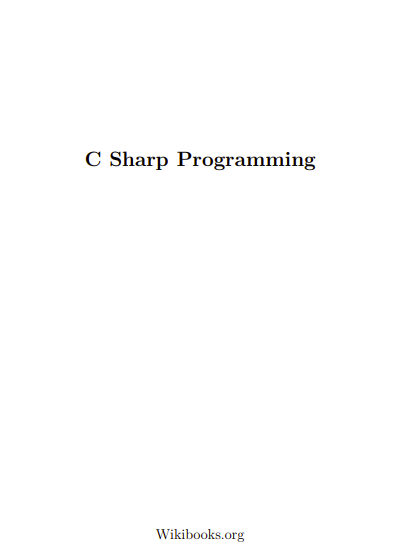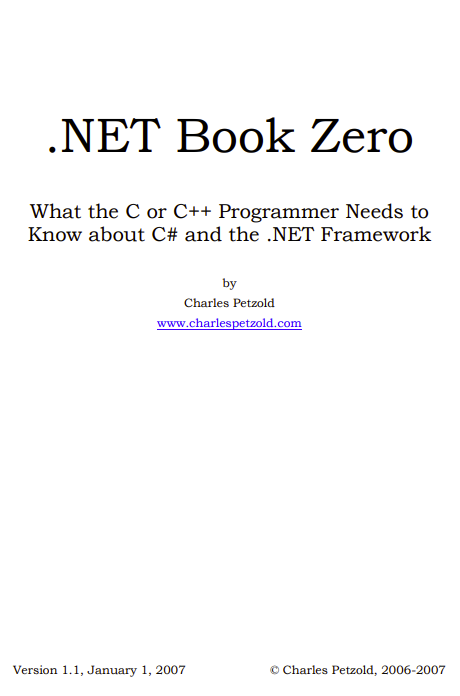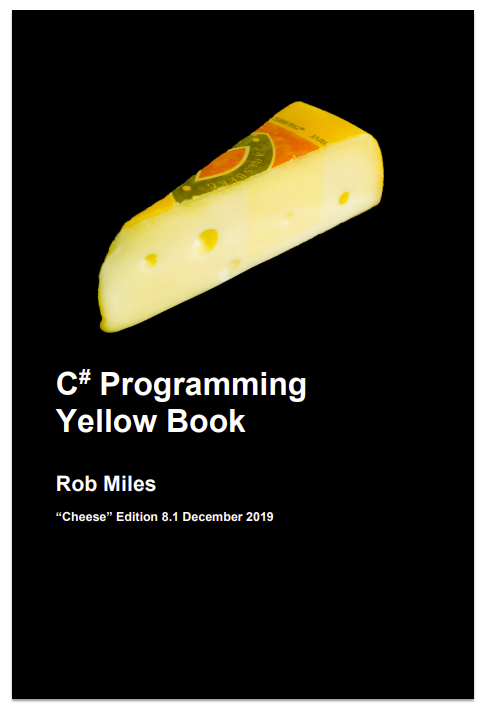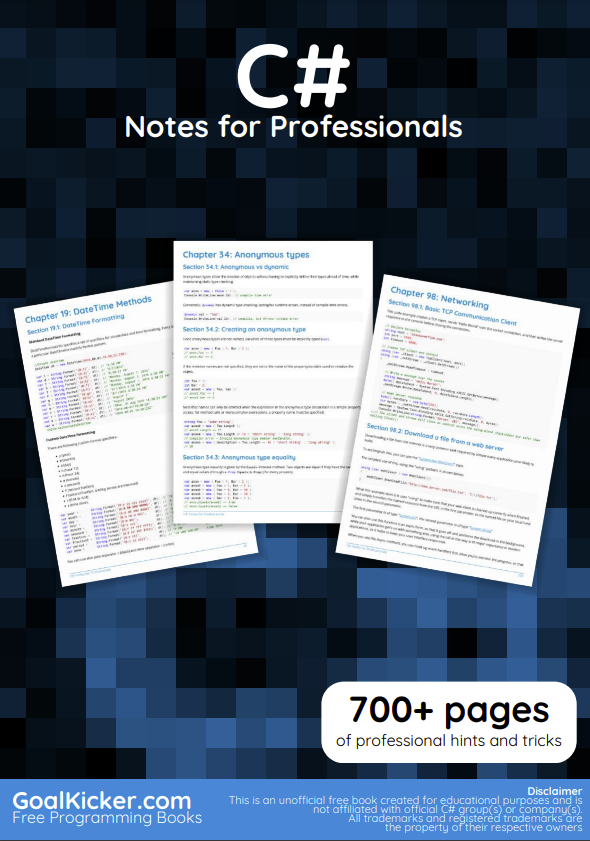How Threading Works
Multithreading is managed internally by a thread scheduler, a function the CLR typically delegates to the operating system. A thread scheduler ensures all active threads are allocated appropriate execution time, and that threads that are waiting or blocked (for instance, on an exclusive lock or on user input) do not consume CPU time.
On a single-processor computer, a thread scheduler performs time-slicing — rapidly switching execution between each of the active threads. Under Windows, a time-slice is typically in the tens-of-milliseconds region — much larger than the CPU overhead in actually switching context between one thread and another (which is typically in the few-microseconds region).
On a multi-processor computer, multithreading is implemented with a mixture of time-slicing and genuine concurrency, where different threads run code simultaneously on different CPUs. It’s almost certain there will still be some time-slicing, because of the operating system’s need to service its own threads — as well as those of other applications.
A thread is said to be preempted when its execution is interrupted due to an external factor such as time-slicing. In most situations, a thread has no control over when and where it’s preempted.
Threads vs Processes
A thread is analogous to the operating system process in which your application runs. Just as processes run in parallel on a computer, threads run in parallel within a single process. Processes are fully isolated from each other; threads have just a limited degree of isolation. In particular, threads share (heap) memory with other threads running in the same application. This, in part, is why threading is useful: one thread can fetch data in the background, for instance, while another thread can display the data as it arrives.
